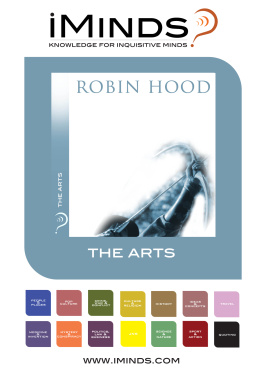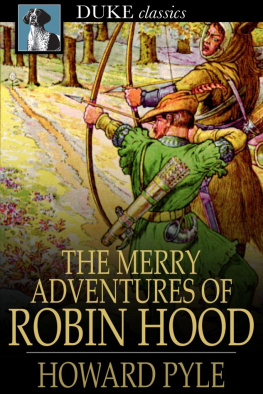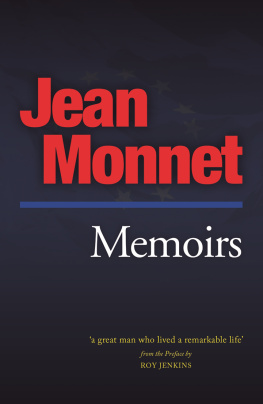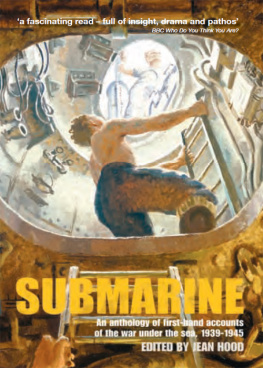MORE GREAT TITLES FROM
CONWAY
 www.conwaypublishing.com
www.conwaypublishing.com
 www.facebook.com/pages/Conway-Publishing
www.facebook.com/pages/Conway-Publishing
 www.anovabooks.com
www.anovabooks.com


For Lesley
Text Jean Hood, 2012
Volume Conway, 2012
First published in Great Britain in 2012 by
Conway
An imprint of Anova Books Ltd
10 Southcombe Street
London W14 0RA
www.conwaypublishing.com
www.anovabooks.com
Produced in association with
360 Production
58 Davies Street
London, W1K 5JF
www.360production.com
First ebook publication 2012
ebook ISBN 9781844861934
Note: There may be differences in the layout and content of the eBook and print versions of this publication
All rights reserved. No part of this publication may be reproduced, stored in a retrieval system, or transmitted in any form or by any means electronic, mechanical, photocopying, recording or otherwise, without the prior permission of the publisher.
The right of Jean Hood to be identified as the Author of the Work has been asserted by her in accordance with the Copyright, Designs and Patents Act 1988.
BBC logo is trademark of the British Broadcasting Corporation and is used under licence.
BBC logo BBC 1996
Project Editor: Alison Moss
Edited by Christopher Westhorp
Picture research by Jennifer Veall
Design by Georgina Hewitt and Anna Matos Melgaco
This title is also available in hardback direct from:
www.conwaypublishing.com Hardback ISBN: 9781844861507
The contents page, index, websites and page references have been hyperlinked throughout this book. Click on images and tables to enlarge them.
INTRODUCTION
I have studied battles for a decade but focussing on the archaeology allowed me to break these encounters down into seconds. By plotting all the finds, we have been able to forensically reconstruct the course of some of the most important moments of World War Two.
Dan Snow
Still within living memory, the Second World War continues to fascinate each new generation, thanks to feature films, documentaries, newspaper articles and museum exhibitions, as well as through books and websites produced by veterans, historians and dedicated enthusiasts not forgetting the dignified ceremonies of remembrance held annually around the world. The official archive of contemporary files, newsreels, photographs and radio broadcasts is vast. With so much information not just available but increasingly accessible, archaeology might seem unnecessary: a tool for reconstructing events and lives from a more distant and poorly recorded past.
Nothing could be further from the truth. As Dan Snow demonstrates in Dig WW2, the painstaking investigation of a site, as opposed to the mere plundering of wartime relics for trophies or for commercial gain, has much to add to the recorded events of 19391945. The official files had to leave many questions unanswered, either because nobody was in a position to answer them at the time or because the war had moved on. More than half a century later the discovery of, for example, Spitfire wreckage in France may at last solve the mystery of why that aircraft crashed, thus writing a tiny footnote in history and completing an unfinished chapter in the memory of a family and a squadron. Developments in deep-diving techniques, and the increasing sophistication of submersibles, have begun to reveal the fates of surface ships and submarines that went down with all hands or in uncertain circumstances.
Dig WW2 also brings to life the visible but neglected legacy of the war in one part of the United Kingdom. Why is there a pillbox by the canal at Portna? What is the significance of the rotting wooden posts in the river at Lisahally or the iron ring in the slipway at Castle Archdale on the shores of Lough Erne? The answer is that they are all evidence of a time when Northern Ireland became not just important to the Allied war effort but vital to the conduct of the Battle of the Atlantic, a time when the accents of Ulster mingled with those of Allied countries as far away as New Zealand, Canada and Poland. This book goes further, looking at the defence of the whole of the United Kingdom, as well as exploring in greater depth the stories told in the television series and including others that deserve to be told, such as the shooting down of a Messerschmitt Bf 109 over Essex in 1940.
None of the tangible evidence, whether visible or unearthed, would be so engrossing without the human dimension. The astonishing sight of Sherman tanks strewn around the seabed becomes the poignant narrative of a U-boat attack on a converted whaling ship and the rescue vessel that went to her aid, seen through the eyes of those who were there. A visit to a doodlebug launch site in France leads on to the pilots who risked, and gave, their lives to bring the V1 rockets down before they could hit London. A soggy piece of leather proves to be a pilots helmet. This was an essential piece of flying kit: issued to a particular man, grabbed whenever the call to scramble came through, a witness to every mission he flew, pulled off, damp with sweat, as he climbed out of the aircraft after returning safely and finally left in the cockpit on the day he bailed out. It is as remarkable as the gun from the same aircraft that was restored to firing condition after 70 years in an Irish bog.

Careful archaeology reveals the fragile remains of a helmet belonging to one of Canadian 1st Infantry Brigade during their assault on the left side of the Hitler Line in May 1944.
A regimental diary may tell us that a particular unit attacked the Hitler Line south of Rome, but empty German machine gun cartridges and the broken remains of a Canadian helmet in front of a fortification are sobering evidence of the bitter fighting in the final assault on one specific position out of many that faced the 1st Canadian Infantry Division and the tank squadrons supporting them. They represent instants in time, usually too small to have been recorded individually, and they are intensely visceral. To stare through the embrasure of a bunker at the English Channel, as tens of thousands of Germans did on D-Day, is a first step towards putting oneself into the shoes of someone who watched the approaching Allied armada and wondered what the day held. When added to the surrounding archive of memories, images and documents these visual and tactile experiences speak directly to us, providing a new dimension and helping us to an emotional as well an intellectual understanding. The past becomes as substantial and as real as the present.














 www.conwaypublishing.com
www.conwaypublishing.com www.facebook.com/pages/Conway-Publishing
www.facebook.com/pages/Conway-Publishing www.anovabooks.com
www.anovabooks.com

